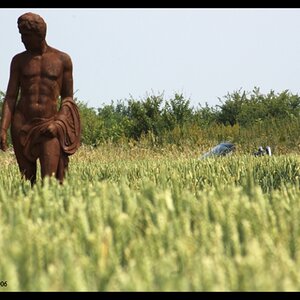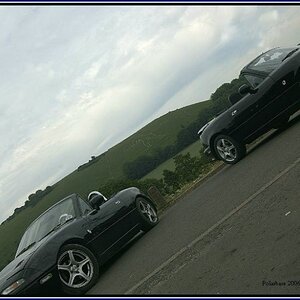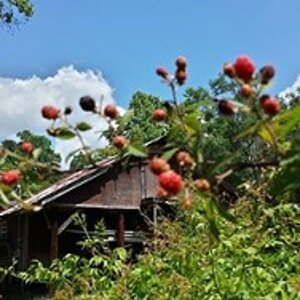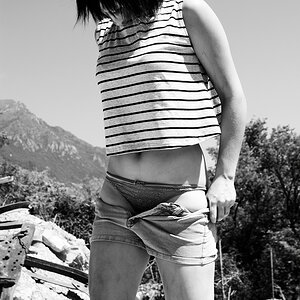The Phototron
TPF Noob!
- Joined
- Jun 26, 2007
- Messages
- 948
- Reaction score
- 0
- Can others edit my Photos
- Photos OK to edit
Try shooting during sunset/sunrise. You can't blur the flowing stream with a quick shutter speed.So how do I take this shot with the blur in the water with a quick shutter setting? What settings should I use if I were to take this same shot again?



![[No title]](/data/xfmg/thumbnail/36/36396-f8e84def7352af726df923054b86284f.jpg?1619737549)


![[No title]](/data/xfmg/thumbnail/36/36395-66eaff4565ecf4245f13a9c469a9273b.jpg?1619737548)

![[No title]](/data/xfmg/thumbnail/30/30889-6a35eb14fac2d7d837d49a6a1757d874.jpg?1619734500)
